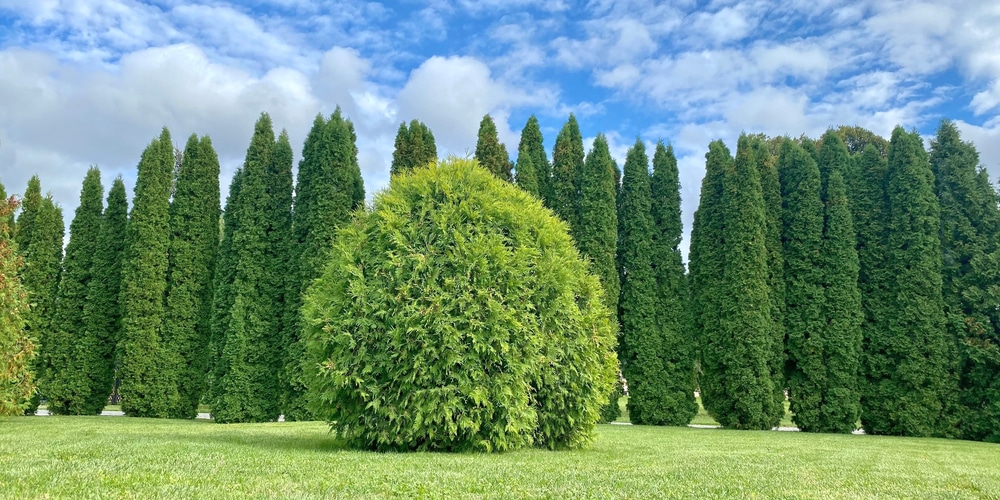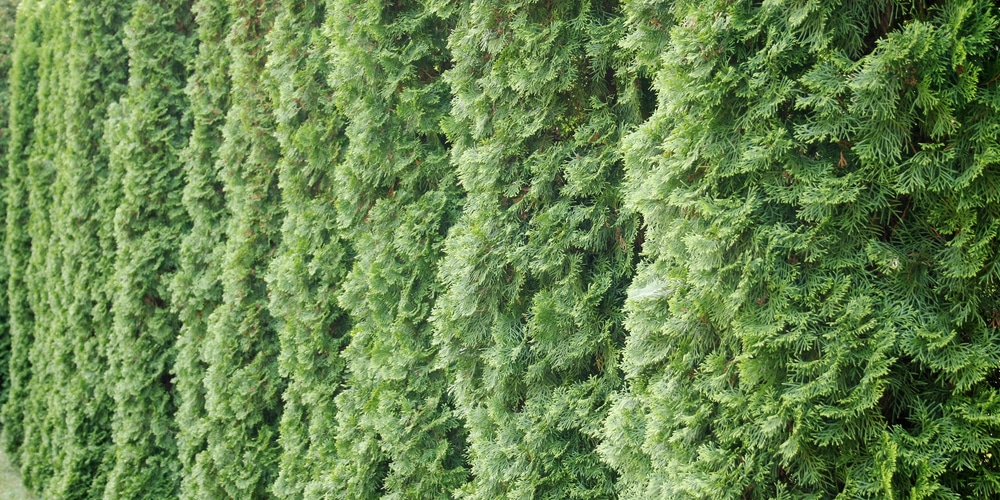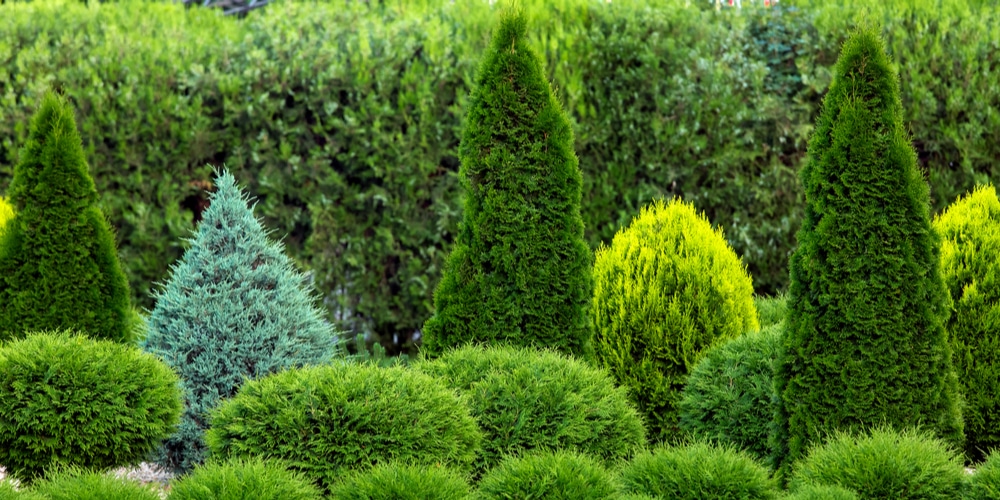Arborvitae is a type of evergreen tree that can grow quite large, so they need plenty of food to reach their full potential. Commonly seen in most home landscapes, Arborvitae is a versatile tree that can be used for screening or as a specimen plant.
While these plants don’t require a lot of fertilizer, there are still some things that you need to know in terms of feeding arborvitae. This includes the type of fertilizer, as well as how much and when to fertilize. This blog post will cover what to feed arborvitae!
What to Feed Arborvitae?: Recommended Fertilizer

Take note that matured arborvitae trees rarely need fertilizer to grow. They often thrive in different soil types and weather conditions, so unless you see signs of nutrient deficiency, you likely don’t need to fertilize. However, during their growing season, young arborvitae plants should be fertilized with a slow-release fertilizer that is high in nitrogen. Nitrogen is important for the growth of new leaves and shoots.
Nitrogen is essential for photosynthesis and helps promote lush, green growth. Slow-release fertilizers are ideal for Arborvitae because they provide a steady supply of nutrients over an extended period of time. Additionally, this type of fertilizer is less likely to burn the plants’ delicate roots. You can use them confidently, knowing that they won’t damage your plants.
In order to determine if your tree needs fertilizing, you can do a soil test. This will help you identify any nutrient deficiencies that may be present in the soil. If deficiencies are found, then you can supplement with the appropriate type of fertilizer.
As the plant grows older, you can switch to a fertilizer that is higher in phosphorus, which will help promote healthy root growth.
Fertilizing Arborvitae at the Right Time
The best time to fertilize Arborvitae is during its growing season, which typically runs from early spring to fall. This is where new growth typically starts, and fertilizing during this season will give the tree a boost of nutrients that it can use to produce healthy leaves and branches.
Remember, that giving too much fertilizer during the growing season can cause stress to the plant. So, it’s important to only fertilize when needed and according to the instructions on the fertilizer label.
If you’re using a liquid fertilizer, dilute it according to the instructions on the bottle. Then, use a garden hose to spray the fertilizer onto the leaves and branches of the tree. Be sure to get both sides of the leaves and underneath them.
You may also want to fertilize the soil around the base of the tree. If you’re using a slow-release fertilizer, apply it to the soil around the base of the tree. Be sure to follow the instructions on the package, as too much fertilizer can be harmful to plants.
Never fertilize Arborvitae in winter, as this is when they are dormant and will not be able to use the nutrients. Fertilizing at the wrong time can also damage the plants and stunt their growth.
How to Feed Arborvitae
Arborvitae are magnificent trees, often used as living fences or as ornamental features in the landscape. Luckily, feeding Arborvitae is a simple task requiring only a few basic supplies.
Assuming you have a mature tree, the first step is to perform a soil test to determine which nutrients are lacking. Once you know what needs to be added, you can amend the soil with compost or fertilizer. For best results, mix the compost or fertilizer into the soil before planting.
If you have a young tree, you can begin feeding it once it has been planted. Start by adding a thin layer of compost around the base of the tree, then water deeply. You can also give your Arborvitae a liquid fertilizer once or twice a year.
Measure your Arborvitae before feeding them plays a crucial role. This will give you a good estimate of how much fertilizer is needed, so don’t skip this process. Once you have a good idea of the size of your Arborvitae, use this number to calculate how much fertilizer is needed.
When feeding your Arborvitae, remember that your fertilizer shouldn’t touch the tree’s trunk or its roots. This can cause damage to the bark and may also lead to insect problems. Fertilize the soil around the tree’s base, being careful to avoid contact with the trunk.
What to Feed Arborvitae?: Final Thoughts
In general, if your soil is rich in nutrients, you won’t need to fertilize your Arborvitae as often. However, if your soil is deficient in certain nutrients, you may need to supplement with a fertilizer that contains those nutrients.
Remember that Arborvitae is a resilient plant and can thrive even in the most challenging environments. Using fertilizers to supplement nutrient deficiency can help your Arborvitae reach their full potential, but remember not to overdo it.
Related Article: Arborvitae Turning Brown: What Causes the Condition?

